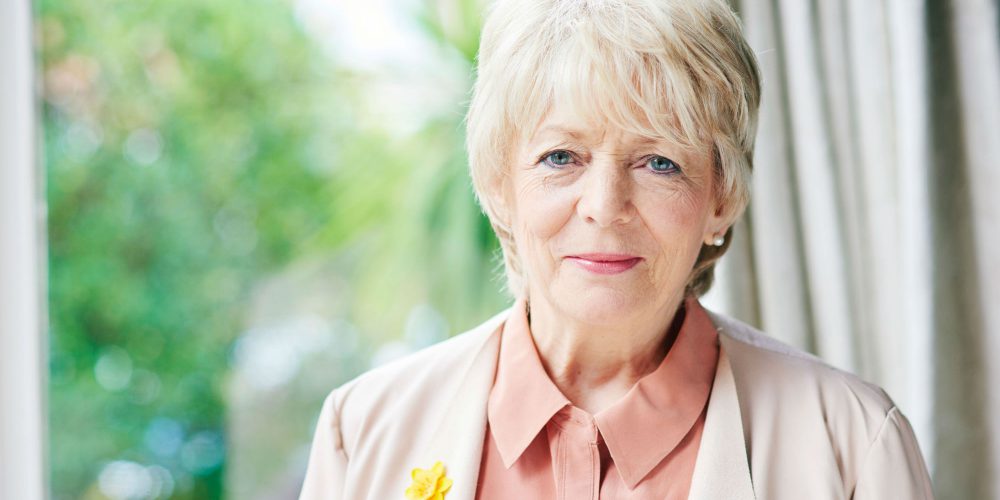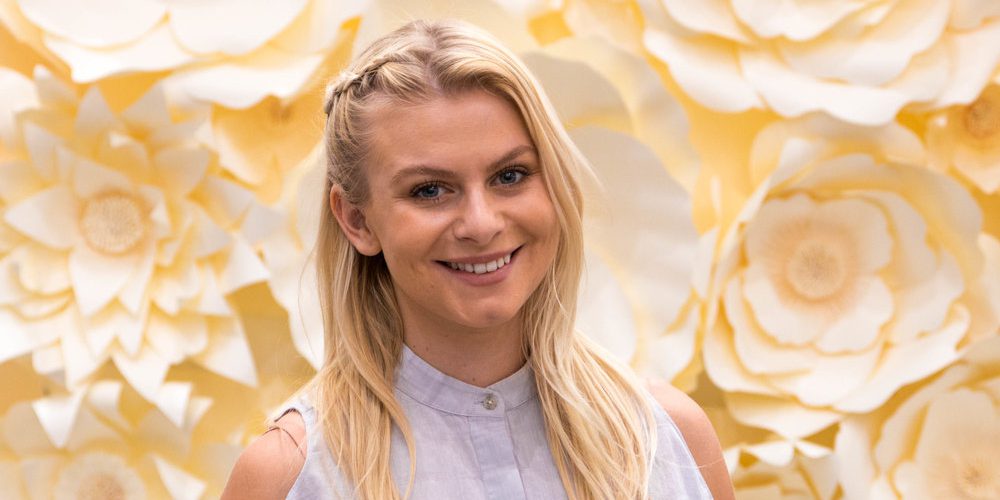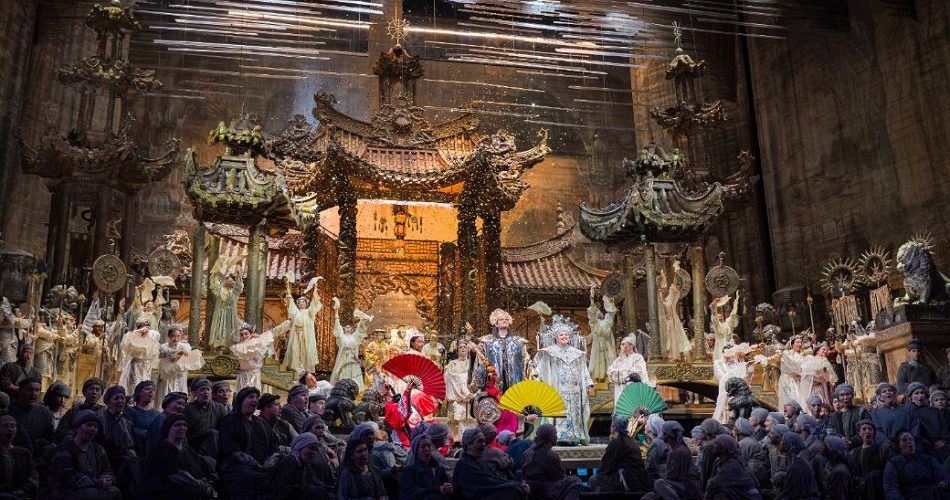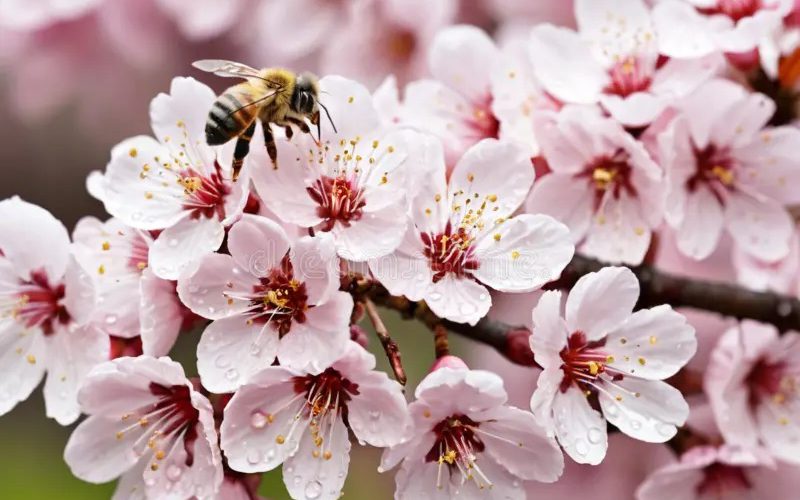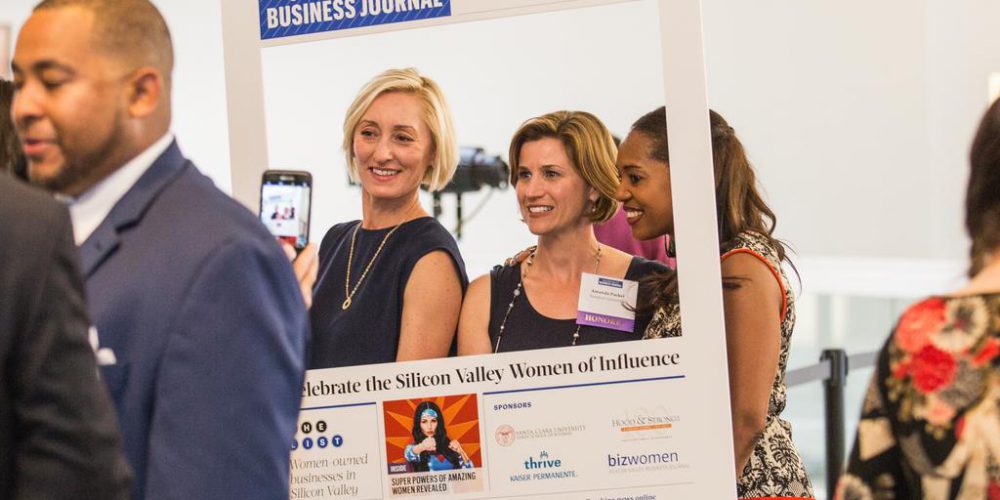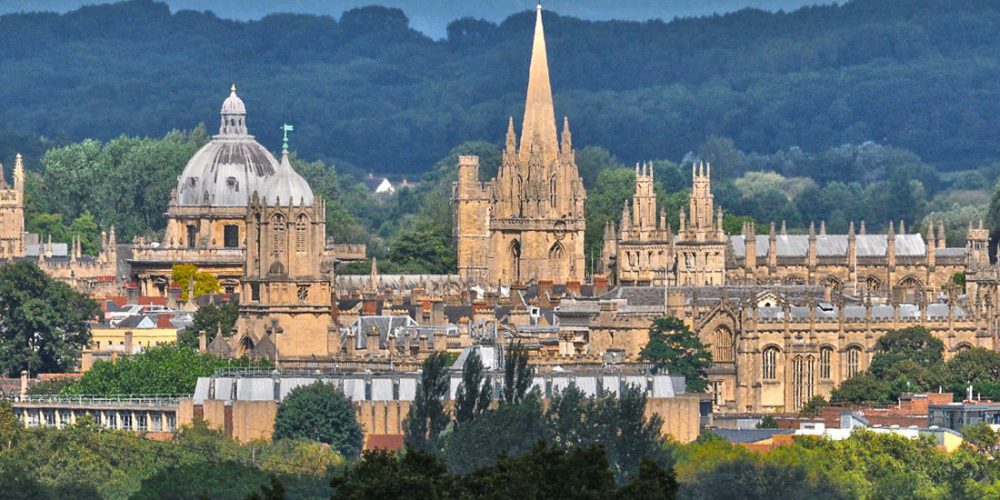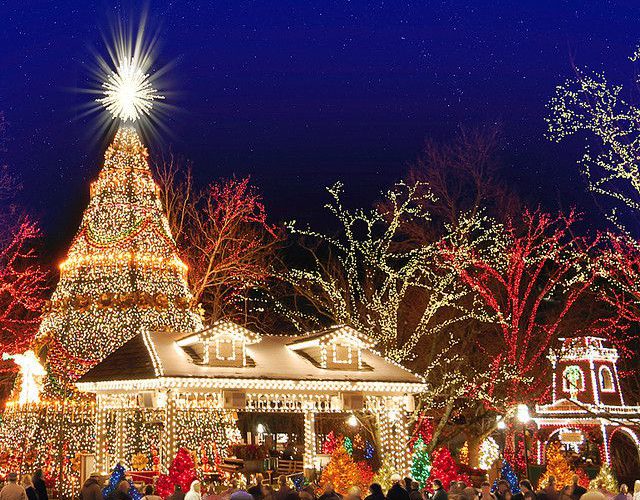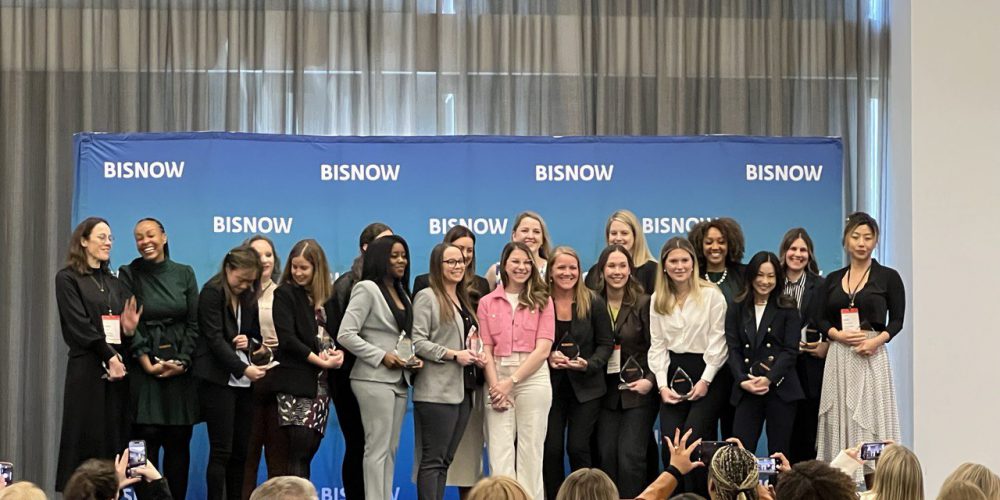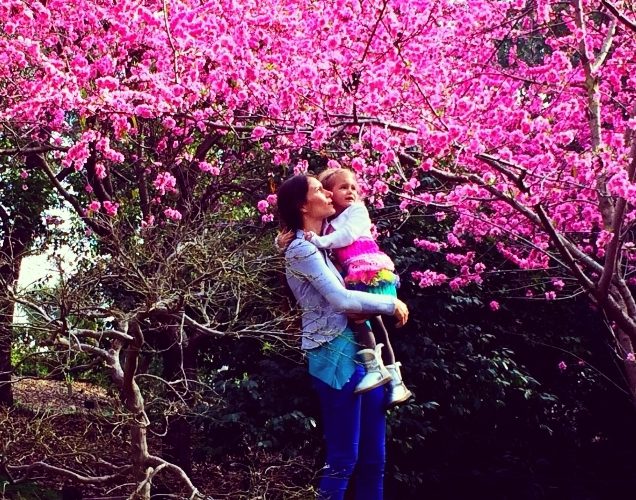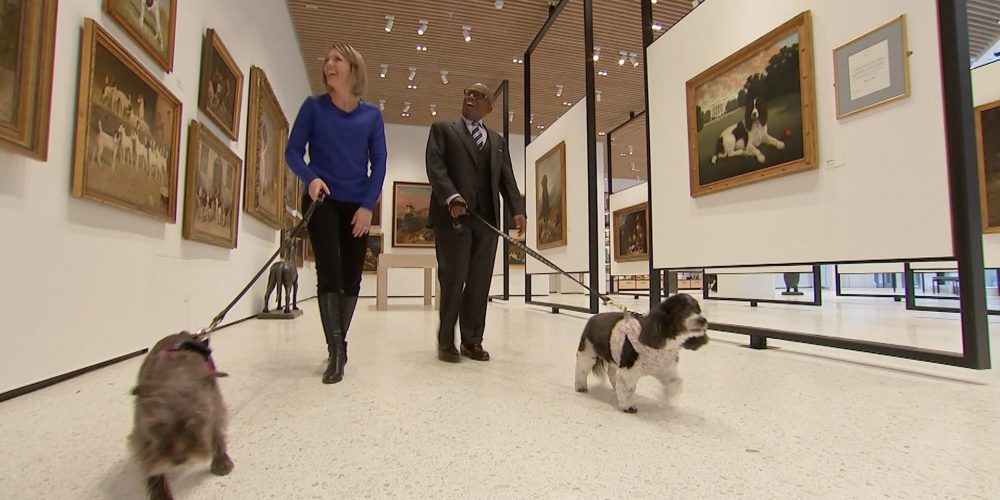Modern corals are contemporaries of dinosaurs

Dr Voolstra, coauthor and associate professor of marine science in the Red Sea Research Centre at King Abdullah University of Science and Technology, Todd LaJeunesse, associate professor of biology at Penn State and John Parkinson, a postdoctoral scholar in Oregon State University’s College of Science speak about the evolution of corals.
Coral is far older than we thought – and might survive much longer than we’d expected?
Voolstra: Yes, we have discovered that we were roughly 100 million years out in our estimate of how long coral and algae had been around.
Having survived so long means they have lived through various climate disasters and shocks in the past.
Voolstra: If fact, it’s so. We believe, they might be more resilient to climate change than previously thought.
Corals are likely to be one of the most clear victims of global warming because they are so sensitive to changes in the temperature of the water. Already, natural wonders like the Great Barrier Reef are being “bleached” by the increased temperatures of the sea that surrounds them.
Modern corals are contemporaries of dinosaurs?
Voolstra: It’s difficult to imagine, but they are. Our research indicates that modern corals and their algal partners have been entwined with each other since the time of the dinosaurs, approximately 160 million years ago – 100 million years earlier than previously thought.
They saw many changes on Earth then.
Voolstra: Really so. During their long existence, they have faced severe episodes of environmental change, but thanks to their biological characteristics have managed to bounce back after each.
Their partnership with algae may serve an example of a strong durable alliance.
LaJeunesse: Quite agree. Corals are made up of animal hosts called polyps, inside the cells of which are microscopic algae known as zooxanthellae. They live together in a partnership or symbiosis that underpins the entire coral reef system, with each one providing valuable resources to another.
The fossil record shows that today’s reef-building corals exploded in diversity around 160 million years ago. Finding that the origin of the algal symbionts corresponds to major increases in the abundance and diversity of reef-building corals implies that the partnership with symbiodiniaceae was one of the major reasons for the success of modern corals.
The symbiosis is far more diverse than previously assumed?
Parkinson: Presently, numerous algal lineages called ‘clades’ are lumped into just one genus. We provide evidence that the family actually consists of at least 15 genera that include hundreds and possibly thousands of species worldwide.

